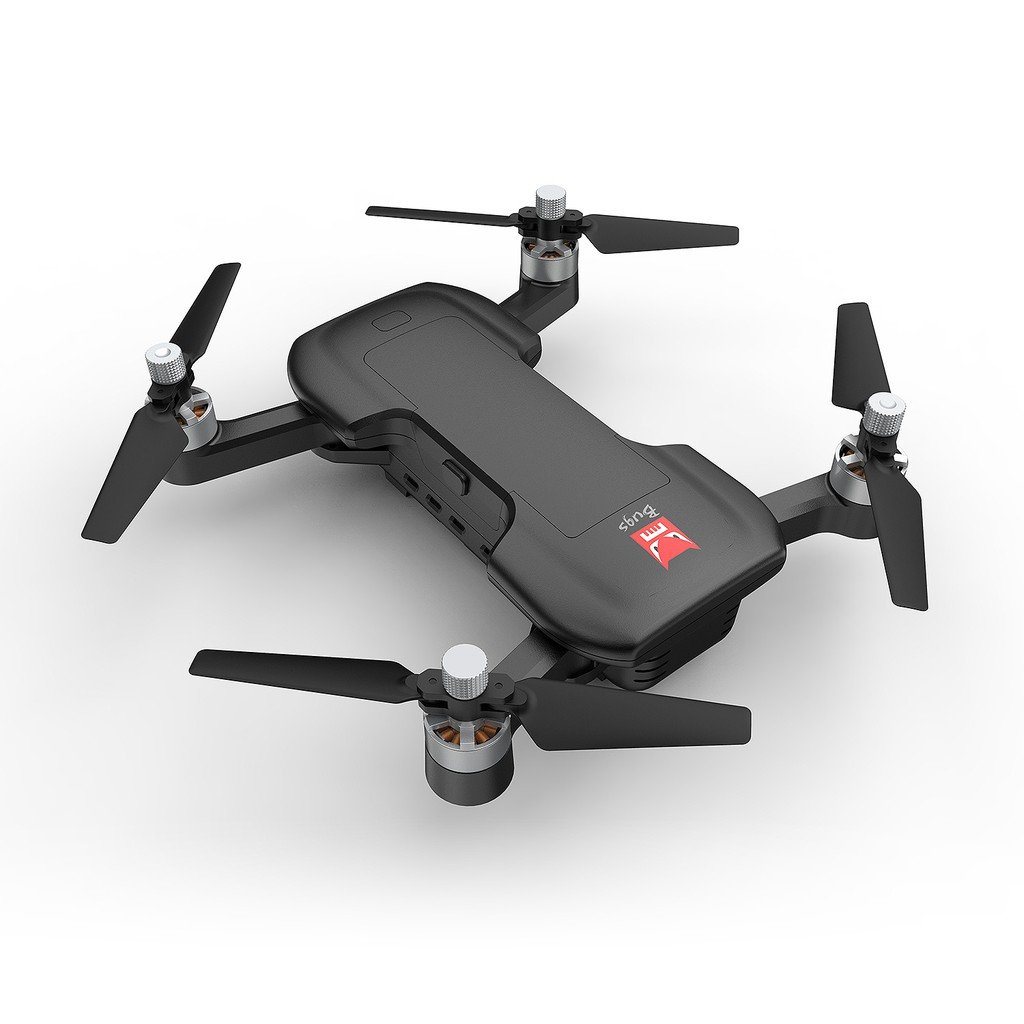
A Beginner’s Guide To Flying Your Drone Safely
Flying a drone these days is not really that difficult & with practice, you can improve your flight skills and attain mastery.
But until you get to that point, here are some critical tips to follow to ensure you practice flying your drone safely.
Tip #1 – Use A Ready-To-Fly, Inexpensive Model To Practice With
Crashing and dinging your first drone here and there is probably unavoidable when you’re first starting.
Practicing on a low-cost drone will develop your drone flying skills and save you money in the long-term.
That’s why we recommend starting with either the Mini Whoop (for learning to fly indoors) for only $69 or the WL DragonFly (which can easily fly outdoors) for $199. Both of these drones are very stable in-flight & so are very good for learner pilots.
They’re just as fun to fly when you’re starting out and it beats trying to perfect your skills on a $2,000+ drone!

Tip #2 – Start Slow And Steady In Your Backyard
If it is your first time flying a drone, we highly recommend reading the manual that came with your drone.
Drone controllers can vary from model to model and won’t be easy to use for first time flyers.
It’s a worthy investment to spend some time learning about your model.
Once you’ve gotten familiar with the manual, try a low-key flight.
Start by getting your drone to hover a few metres above ground in an open area.
A park without many people or wide open backyard (be careful of trees and power lines).
Try to avoid going to a populated park or beach – it can be distracting and potentially dangerous to both your drone and other people.
Once you’ve successfully gotten the drone off the ground for the first time, practice controlling it.
Make it hover in place or avoiding some obstacles. Once you get comfortable with this, try to fly it in between some obstacles.
Tip #3 – Maintenance Your Drone Regularly
Once you’ve gotten comfortable with flying your drone a few times, it’s good to make a habit of making regular maintenance checks.
For example, you should check the main battery of your drone, plus any spare batteries you plan to use. Most batteries don’t last very long – low end drones last around 10 minutes and high end drones last around 20 minutes.
Also make sure to check your the propellers. See if there is any damage on the blades and ensure they aren’t loose.
For drones that have compasses, you’ll want to calibrate this before flying. This is because of the varying electromagnetic profiles in different locations.
Tip #4 – Fly In An Open Area, During Daylight And In Good Weather
Never fly the drone out of your direct view. Don’t fly your drone during night time (it is against the NZ Civil Aviation Rules).
Also avoid flying your drone on windy or rainy days.
It’s unnecessary risk that you don’t have to take.
Knowing your environment well, before you start flying is also a good idea.
Make a mental note of potential obstacles or hazards (ideally you should fly in areas that don’t have any of these).
Stay control of the drone at all times and try to stay aware of the drone’s orientation.
It’s a good habit to start each flight with the drone (and it’s camera) facing AWAY from you, that way the joystick controls will behave as you would expect. In other words stand behind the drone.
Needless to say, avoid flying your drone under the influence of alcohol… or anything else.
It’s dangerous to both yourself and other people.
Tip #5 – Avoid No-Fly Areas And Follow The Rules Of The NZ Civil Aviation
There are several rules you need to be aware of and follow when flying your drone.
Here are direct rules from the New Zealand Civil Aviation Rules.
You must:
- Not operate an aircraft that is 25 kg or larger and always ensure that it is safe to operate
- At all times, take all practicable steps to minimize hazards to persons, property and other aircraft (ie, don’t do anything hazardous)
- Fly only in daylight
- Give way to all crewed aircraft
- Be able to see the aircraft with your own eyes (eg, not through binoculars, a monitor, or smartphone) to ensure separation from other aircraft (or use an observer to do this in certain cases)
- Not fly your aircraft higher than 120 metres (400 feet) above ground level (unless certain conditions are met)
- Have knowledge of airspace restrictions that apply in the area you want to operate
- Not fly closer than four kilometres from any aerodrome or airport.
- When flying in controlled airspace, obtain an air traffic control clearance issued by Airways (via airshare My Flights)
- Not fly in special use airspace without the permission of the controlling authority of the area (e.g. military operating areas or restricted areas)
- Have consent from anyone you want to fly above
- Have the consent of the property owner or person in charge of the area you are wanting to fly above.
For more, check out the NZ Civil Aviation website.
As a drone pilot you should be aware of the NZ Civil Aviation rules – part 101 and part 102.
Bonus – Beginner Drones You Can Check Out
If you’d like to browse our full selection of Drones for Beginners - then follow the below Link to see more options, we are drone experts & have a wide variety of models:


Leave a comment